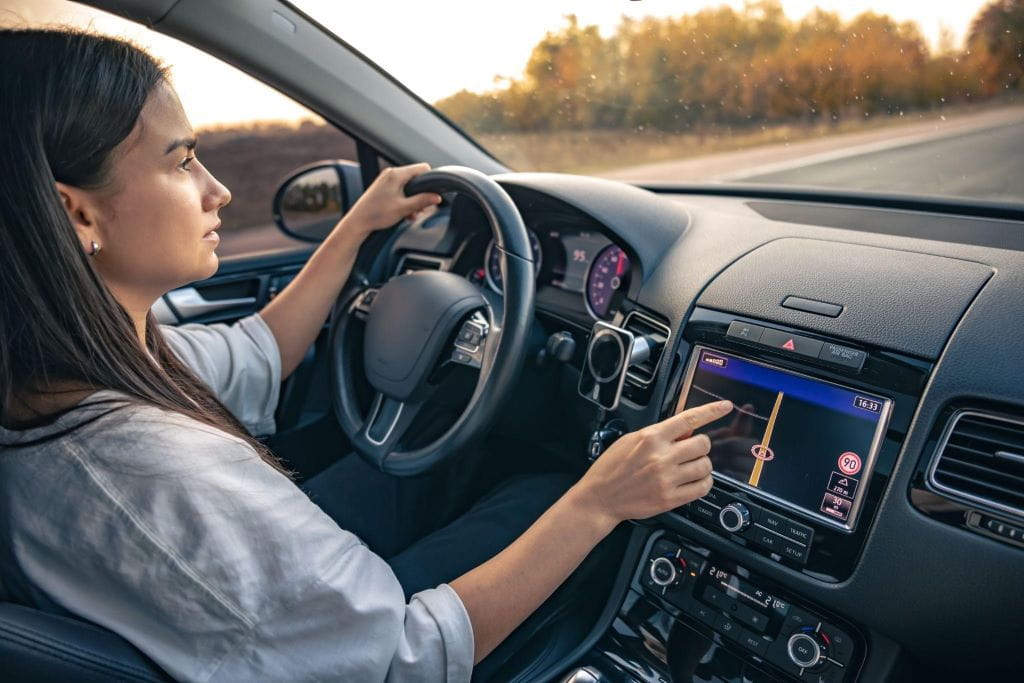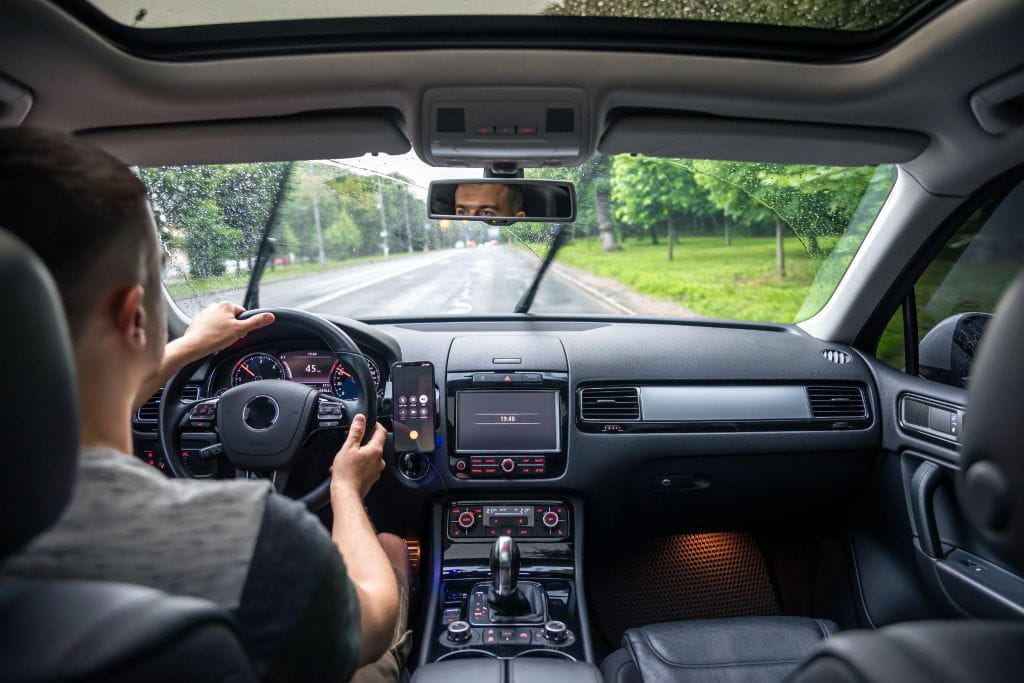In recent years, automotive interiors have witnessed a revolutionary transformation with the advent of Tesla-style head units. These advanced infotainment systems, pioneered by Tesla Motors, have not only redefined the in-car entertainment experience but have also set a new standard for automotive interior design and functionality.
Moreover, the integration of high-quality materials further enhances the luxury quotient of vehicles equipped with Tesla-style head units, elevating the overall perception of interior excellence. This article explores the evolution of Tesla-style head units, their impact on the automotive industry, and the future they promise for drivers and passengers alike.
Key Features and Functionality
Tesla-style head units are characterized by a plethora of innovative features and functionalities that redefine the in-car experience. Here are some key aspects that make them stand out:
- Large Touchscreen Display: At the core of Tesla-style head units lies a generously sized touchscreen display, typically ranging from 12 to 17 inches. Its high-resolution display ensures clarity and ease of use for drivers and passengers alike.
- Multimedia Integration: Tesla-style head units offer comprehensive multimedia capabilities, enabling access to a wide range of digital content. From streaming music and videos to podcasts and audiobooks, passengers can enjoy entertainment options on par with modern smart devices.

- Navigation and Mapping: Built-in GPS navigation systems provide drivers with real-time traffic updates, turn-by-turn directions, and points of interest. Tesla-style head units leverage advanced mapping software to deliver precise and accurate navigation, enhancing the overall driving experience and reducing reliance on external navigation devices.
- Over-the-Air Updates: A hallmark feature of Tesla-style head units is their ability to receive over-the-air software updates. This means that vehicle owners can benefit from continuous improvement in functionality, performance enhancements, and the addition of new features without the need for manual intervention or dealership visits.
- Voice Command Integration: Tesla-style head units prioritize user convenience and safety with voice command integration. Drivers can easily control various functions of the infotainment system using natural language commands, allowing for hands-free operation while keeping their focus on the road ahead.
Impact on Automotive Interior Design
The introduction of Tesla-style head units has had a profound impact on automotive interior design, reshaping the way vehicles are perceived and experienced. Here are some key points highlighting their influence:
- Spatial Optimization: By eliminating the need for traditional control interfaces, Tesla-style head units free up valuable space within the cabin, allowing for more efficient use of interior real estate.
This spatial optimization contributes to a sense of openness and airiness, making the driving environment feel more inviting and comfortable for occupants. - Minimalist Aesthetic: Tesla-style head units promote a minimalist design ethos, characterized by clean lines, uncluttered surfaces, and the absence of physical buttons and knobs. This streamlined approach creates a sense of modernity and sophistication within the cabin, enhancing the overall visual appeal of the interior.

- Futuristic Ambiance: The integration of large touchscreen displays imbues the interior with a futuristic ambiance. It is reminiscent of cutting-edge technology found in contemporary gadgets and electronics. This futuristic aesthetic resonates with consumers who value innovation and seek a forward-thinking driving experience.
- User-Centric Focus: With their intuitive touchscreen controls and voice-activated functionality, Tesla-style head units prioritize user experience and ergonomics. By placing essential controls and features within easy reach of the driver and passengers, these infotainment systems.
It enhances convenience and usability, ultimately leading to a more enjoyable and intuitive driving experience. - Seamless Integration: Tesla-style head units seamlessly integrate with the overall interior architecture of the vehicle, blending harmoniously with other design elements such as dashboard materials, upholstery, and ambient lighting. This cohesive integration ensures a cohesive and unified design language throughout the cabin, enhancing visual coherence and brand identity.
Challenges and Considerations
As automotive manufacturers continue to integrate Tesla-style head units into their vehicles, several challenges and considerations emerge that must be addressed to ensure optimal performance, reliability, and user satisfaction.
- Cost Implications: One of the primary challenges associated with Tesla-style head units is the potential increase in manufacturing costs. The implementation of large touchscreen displays, advanced software, and connectivity features.
It can contribute to higher production expenses, which may ultimately affect vehicle pricing and affordability for consumers. - Integration and Compatibility: Compatibility with existing vehicle systems and external devices poses another challenge for Tesla-style head units. Ensuring seamless integration with onboard electronics, such as vehicle sensors, cameras, and control modules, requires careful coordination and compatibility testing.
Furthermore, compatibility with smartphones, tablets, and other mobile devices is essential to facilitate features like smartphone mirroring, and Bluetooth connectivity. - Data Security and Privacy: With increased connectivity comes heightened concerns regarding data security and privacy. Tesla-style head units collect and store sensitive information, including vehicle telemetry data, navigation history, and personal preferences.
Manufacturers must implement robust cybersecurity measures to safeguard against unauthorized access, data breaches, and malicious attacks. - User Interface Design: Designing an intuitive and user-friendly interface for Tesla-style head units. It is crucial to enhancing the overall user experience. Manufacturers must consider factors such as touchscreen responsiveness, menu layout, iconography, and navigation flow to ensure ease of use and minimize driver distraction.

- Reliability and Durability: Ensuring the reliability and durability of Tesla-style head units is essential to maintain customer satisfaction. It minimizes warranty claims and manufacturers must conduct thorough testing to validate the performance of electronic components, touchscreen displays, and software systems.
Conclusion
Tesla-style head units represent a paradigm shift in automotive interior design and functionality. It is setting a new standard for excellence in the industry. With their intuitive interfaces, comprehensive features, and futuristic aesthetics, these advanced infotainment systems.
It has redefined the way we interact with vehicles daily. As technology continues to advance, the future promises even greater innovation and integration. It is paving the way for a truly connected and immersive driving experience.










